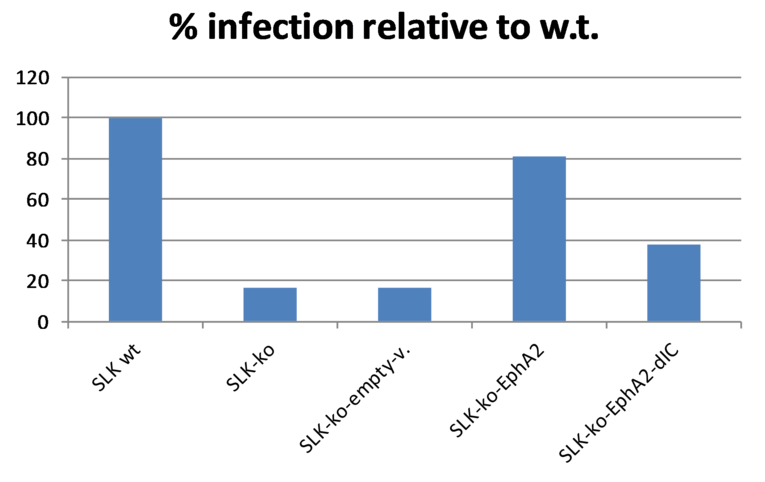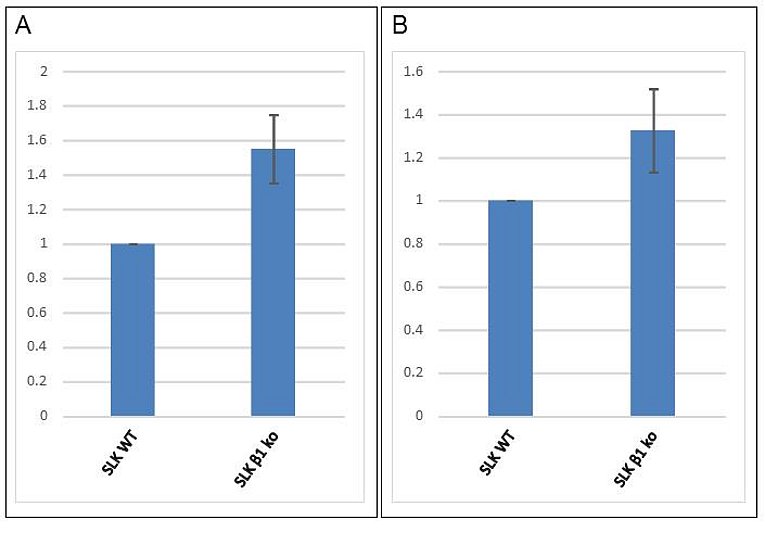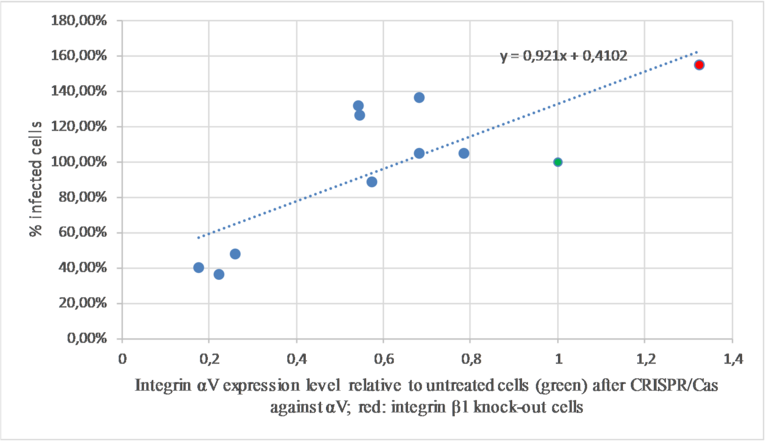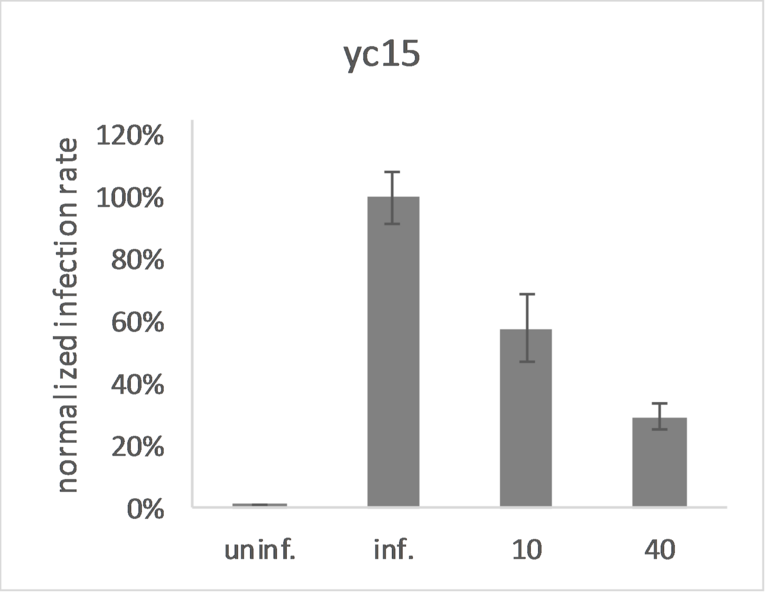Human Herpesvirus 8 (Kaposi's Sarcoma-associated Herpesvirus)
Since the beginning of the AIDS epidemic, three human herpesviruses have been discovered. DNA fragments of human herpesvirus 8 (HHV-8), also termed Kaposi sarcoma-associated herpesvirus (KSHV) were first identified in 1994 in AIDS associated Kaposi’s sarcoma biopsy specimens by representational difference analysis. DNA of this virus is invariably found in Kaposi’s sarcoma, body cavity based lymphomas, and certain forms of Castleman’s disease.
Herpesvirus entry into host cells
Entry of herpesviruses into host cells is seen as a multistep process involving several cellular receptors and at least four viral envelope glycoproteins of which only three (glycoproteins H, L and B) are conserved amongst all herpesviruses. The first step is attachment of the virion to the cytoplasma membrane. In most human herpesviruses, this step is mediated by one or more of the virus- or genus-specific glycoprotein(s) which bind to specific cellular receptor(s) and are often responsible for the cell tropism of the respective herpesvirus. In KSHV glycoprotein gpK8.1 is important for attachment of the virion to the cell by binding to heparansulfate. These strain-specific viral glycoproteins form complexes with the highly conserved glycoproteins H and L (gH/gL), either following receptor binding or already before, and seem to ‘activate’ gH/gL which – at least in some herpesviruses – is followed by endocytotic uptake of the virion. Interaction of activated gH/gL with glycoprotein B (gB) is then required to trigger the last step in herpesvirus entry: Fusion of the virion envelope with cellular membranes. This step is executed by trimeric gB which shares structural similarities with both class I and class II fusion proteins. As described above, a complex formed by the conserved glycoproteins gH/gL and at least one virus-specific receptor-binding protein is required to trigger gB mediated fusion in most herpesviruses.
EphrinA2 receptor-tyrosinkinase (EphA2) and integrin αV are involved in KSHV entry
Using immunoprecipitation and mass spectrometry we identified EphA2 as a cellular binding partner of KSHV gH/gL in 2012. We showed that EphA2 does not only bind to KSHV gH/gL with high affinity and specificity but that EphA2 is crucial for the infection of endothelial and epithelial cells by KSHV. Conflicting data have been published regarding the contribution of various integrins to KSHV entry. In order to further analyze the requirements for KSHV entry into target cells we constructed knock-out cell lines for EphA2, integrins αV and β1. Expression of EphA2 was reconstituted with several mutants in order to identify the contribution of intra- and extracellular domains to KSHV entry. Surprisingly, neither the intracellular domain nor the extracellular fibronectin domains of EphA2 were found to be required for KSHV infection of epithelial cells. However, presence of the juxtamembrane and tyrosin kinase domains enhanced infection about 2-fold (Figure 1).
Several integrins including α3β1, α9β1 and αVβ3 have been published to mediate KSHV entry in both epithelial and endothelial cells. As we have been unable to reproduce blocking experiments using soluble integrins, we examined the effects of integrins on KSHV infection by using CRISPR/Cas knock-down or -out. Surprisingly, in contrast to published data the complete knock-out of integrin β1 did not reduce but rather enhance KSHV infection of SLK cells (Figure 2A). Interestingly, knock-out of integrin β1 enhanced expression of integrin αV (Figure 2B).
We thus also examined the effect of integrin αV on KSHV infection by CRISPR/Cas mediated silencing. In contrast to integrin β1 we were not able to completely knock-out integrin αV. However, a marked reduction of αV expression levels could be reached. KSHV infection experiments revealed that reduction of integrin αV was associated with a dose-dependent reduction of KSHV infection (Figure 3).
Antibodies against the extracellular domain of gH block KSHV infection
We showed in the past that soluble EphA2 fused to the Fc-fragment of human IgG effectively blocks KSHV infection of epithelial and endothelial cells. This made it very likely that antibodies targeted at gH/gL will also effectively inhibit infection by KSHV. In collaboration with the groups of R. Eisenberg, G. Cohen and E. Berger we tested several polyclonal rabbit sera and murine monoclonal antibodies raised against recombinant gH/gL for inhibition of KSHV infection. Two out of four polyclonal rabbit antisera raised against gH/gL dose-dependently reduced KSHV infection by up to 80% at a dilution of 1:10. Only one out of four monoclonal antibodies raised against gH significantly inhibited KSHV infection (Figure 4). Interestingly, this monoclonal antibody recognizes gH close to the transmembrane region.







